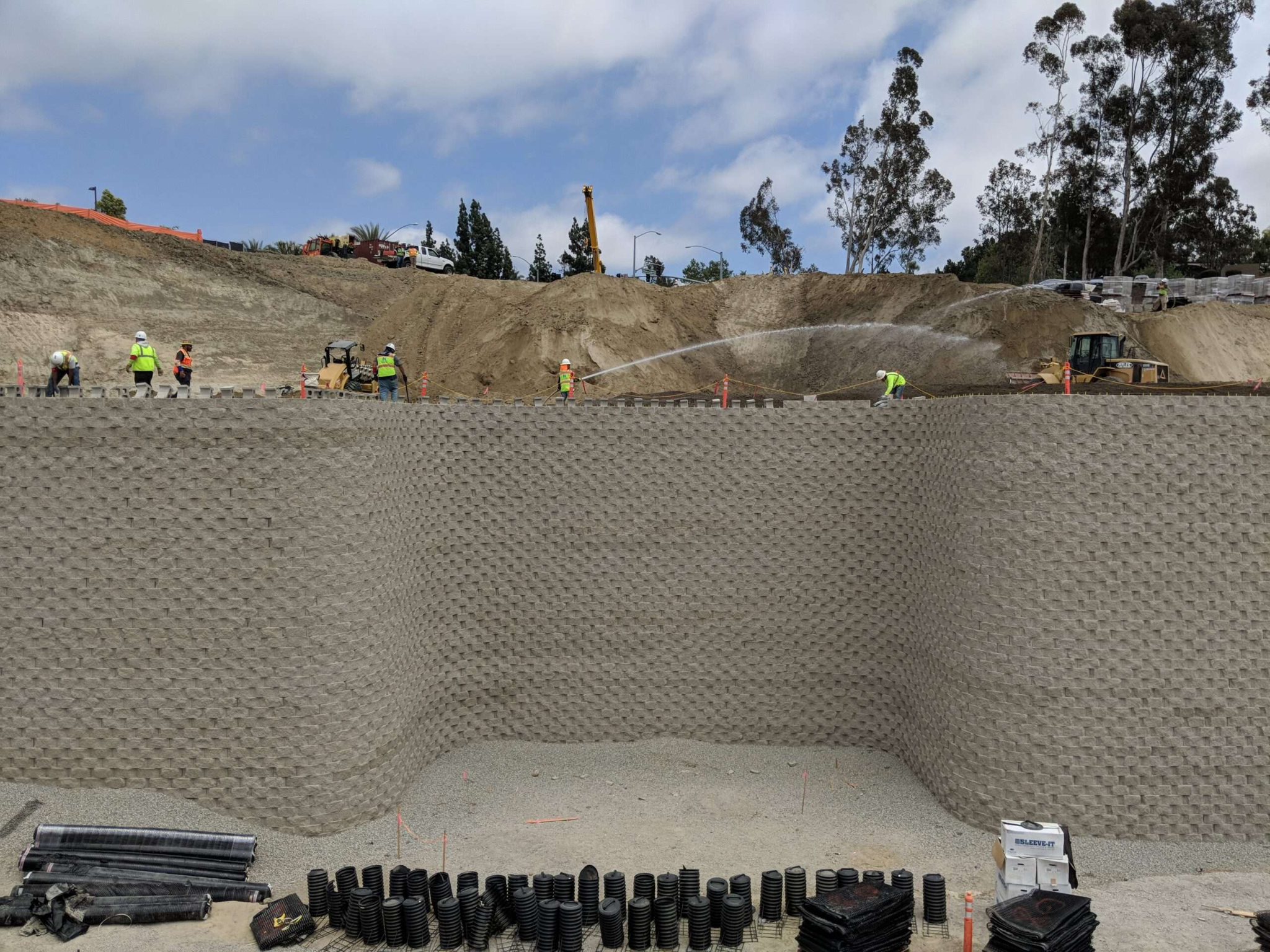In civil engineering and landscaping, one often encounters the silent yet sturdy guardians known as stable retaining walls. These structures play a pivotal role in preventing soil erosion, managing sloped terrains, and enhancing the overall stability of landscapes.
This blog discusses the intricacies of retaining wall construction, exploring their structural significance and diverse applications.
Understanding the Basics
At its core, a stable retaining wall is a structure designed to hold back soil and prevent it from eroding or collapsing. This is particularly crucial in areas with uneven topography, where erosion and soil movement can pose serious challenges. The primary function of these walls is to provide stability to sloping landscapes, creating a protective barrier against the forces of gravity.
Structural Importance
The stability of a retaining wall is paramount to its effectiveness. The design and construction of these walls involve a meticulous process that considers factors such as soil type, wall height, drainage, and load-bearing capacity. Engineers employ a variety of materials, including concrete, stone, and timber, to ensure the structural integrity of the wall.
Stable retaining walls rely on a combination of mass and reinforcement to withstand the pressure exerted by the soil. Adequate drainage systems are often incorporated to prevent water buildup behind the wall, reducing the risk of erosion and ensuring long-term stability.
Applications of Stable Retaining Walls
The applications of stable retaining walls are as diverse as the landscapes they protect. In residential settings, these walls are commonly used to create terraced gardens on sloping yards, preventing soil erosion and providing a visually appealing solution to uneven terrain.
On a larger scale, retaining walls find applications in infrastructure projects such as highways and railways. By stabilizing embankments and preventing soil movement, these walls contribute to the safety and longevity of transportation networks.
Lanscaping Aesthetics
While the primary purpose of stable retaining walls is functional, their impact on the aesthetics of a landscape should not be overlooked. Well-designed retaining walls can enhance the visual appeal of a space, turning a challenging slope into a series of attractive terraces or creating distinctive levels in a garden.
The choice of materials, such as natural stone or decorative concrete blocks, allows for customization that complements the overall design of the surroundings. Integrating plantings into the wall design further softens the structure’s appearance, blending it seamlessly with the natural environment.
Whether in residential gardens or large-scale infrastructure projects, the unassuming presence of a stable retaining wall speaks volumes about the balance between functionality and aesthetics. At Mountain Movers Engineering Co. we offer retaining wall installation services in California. Our team has extensive experience in handling retaining wall construction for commercial, industrial, and residential projects, as our contractors have installed around 20 million square feet of stable retaining walls with a 0% error rate in California.
Get in touch with us for retaining wall construction today!





